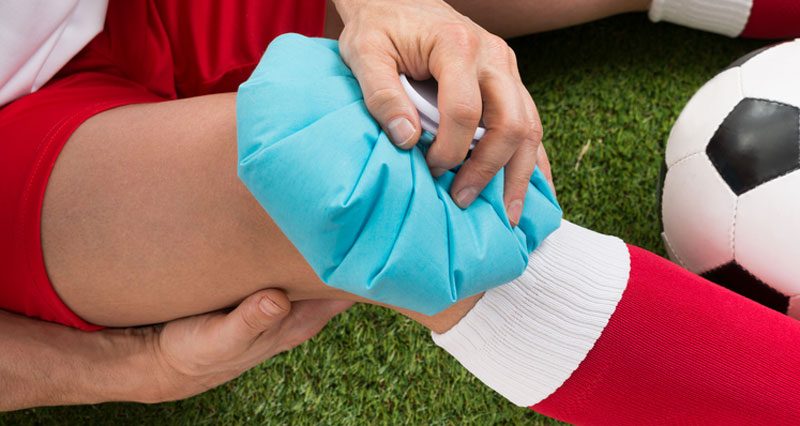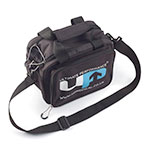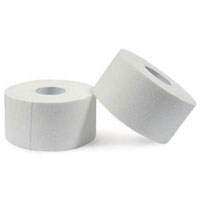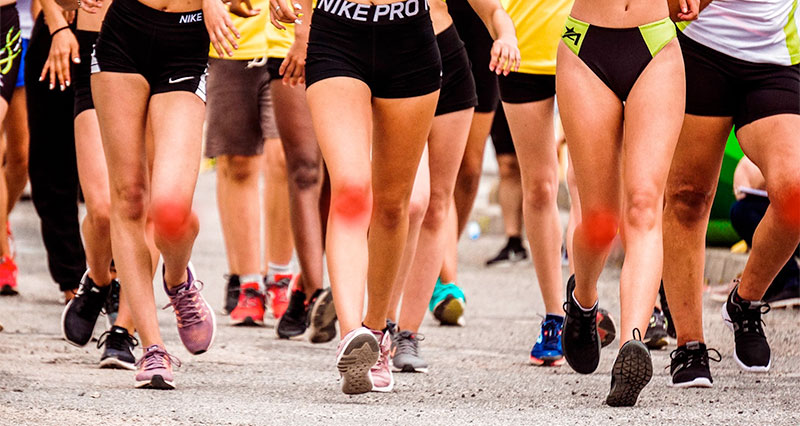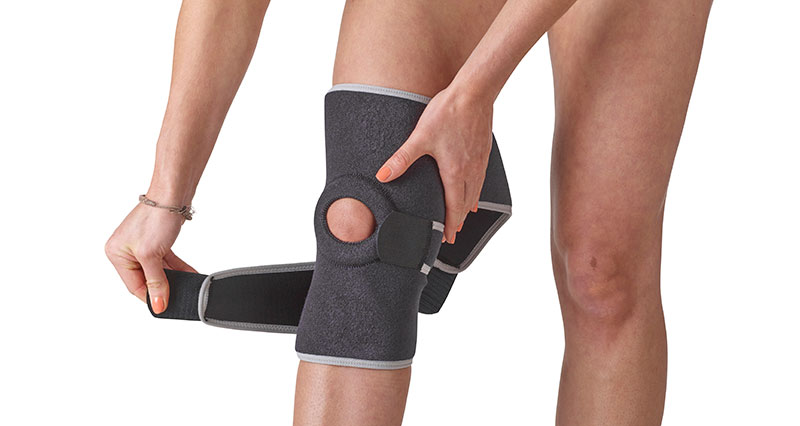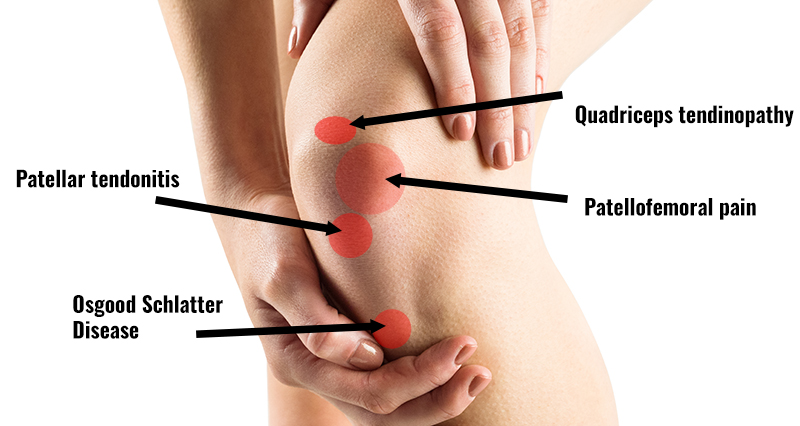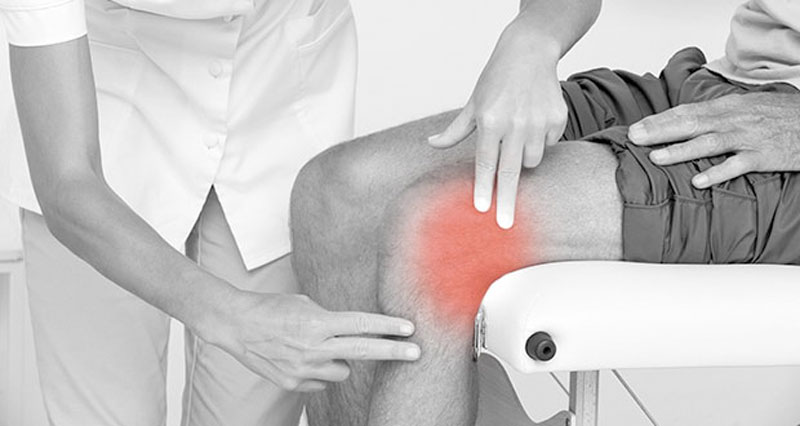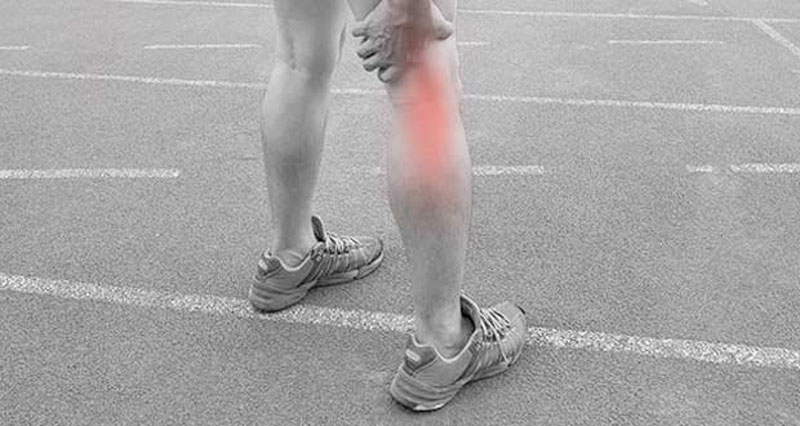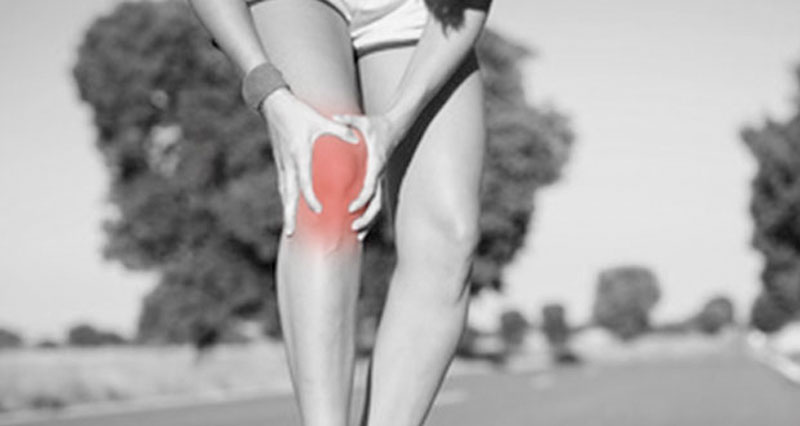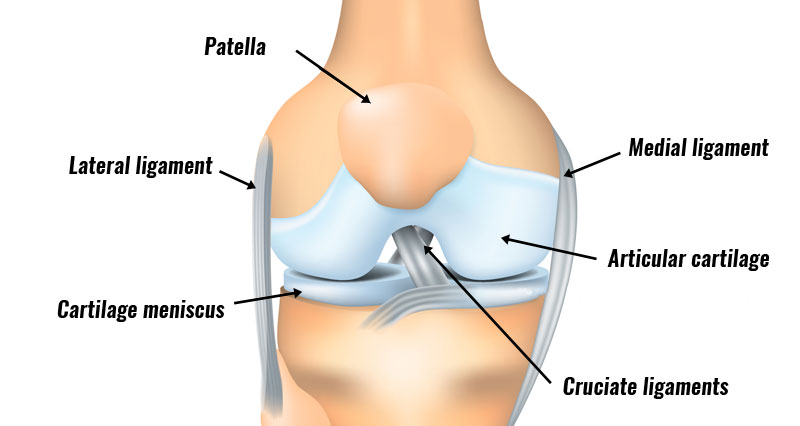First aid for knee injuries is about applying the PRICE principles (protection, rest, ice, compression & elevation). This should be applied to both acute (sudden onset) and chronic (overuse) injuries, for at least the first 2 to 3 days.
Medically reviewed by Dr Chaminda Goonetilleke, 21st Dec. 2021
Protection
Protect your knee injury from further damage. Stop training or playing immediately and apply cold therapy and a compression wrap. If appropriate, use knee support or a brace while it heals.
Rest
If you have suffered a sudden onset acute knee injury such as a knee ligament sprain then complete rest is needed until the acute phase has passed. Refrain from exercise and try to reduce the demands of your daily activity to encourage recovery.
If your injury is long-term or chronic then rest may mean modifying your training to allow the injured tissues to heal. For example, substitute swimming or running in deep water instead of running.
Ice/cold therapy
Applying ice or cold therapy is important first aid for knee injuries. Ice can help to reduce pain, inflammation, and swelling. Cold slows down cell metabolism, reducing the chance of the cell dying (cell necrosis). It reduces pain.
Although applying cold may initially be uncomfortable, or even painful, the cold blocks pain signals from your knee injury. This is known as the pain gait theory.
Compression
Another important aspect of first aid for knee injuries is compression. Use a support or compression bandage around your knee. It helps reduce swelling. Pressure from a compression bandage or knee support helps stop bleeding/knee swelling and helps tissue fluids to dissipate.
A professional therapist pitchside may immediately apply a firm compression bandage with the aim of preventing swelling in the first place. However, this should be done quickly and only for 10 minutes at a time as restricting blood flow may itself cause tissue damage.
Elevation
Keeping the knee elevated above heart level whenever possible will help to reduce swelling due to the effects of gravity. If you are on your feet all day then swelling will remain around your knee joint and be unable to drain away as easily.
Read more on PRICE principles >>>
References
- Updates on PRICE – Br J Sports Med 2012;46:220-221 doi:10.1136/bjsports-2011-090297
- What is the evidence for PRICE? – J Athl Train. 2012 Aug; 47(4): 435–443.
